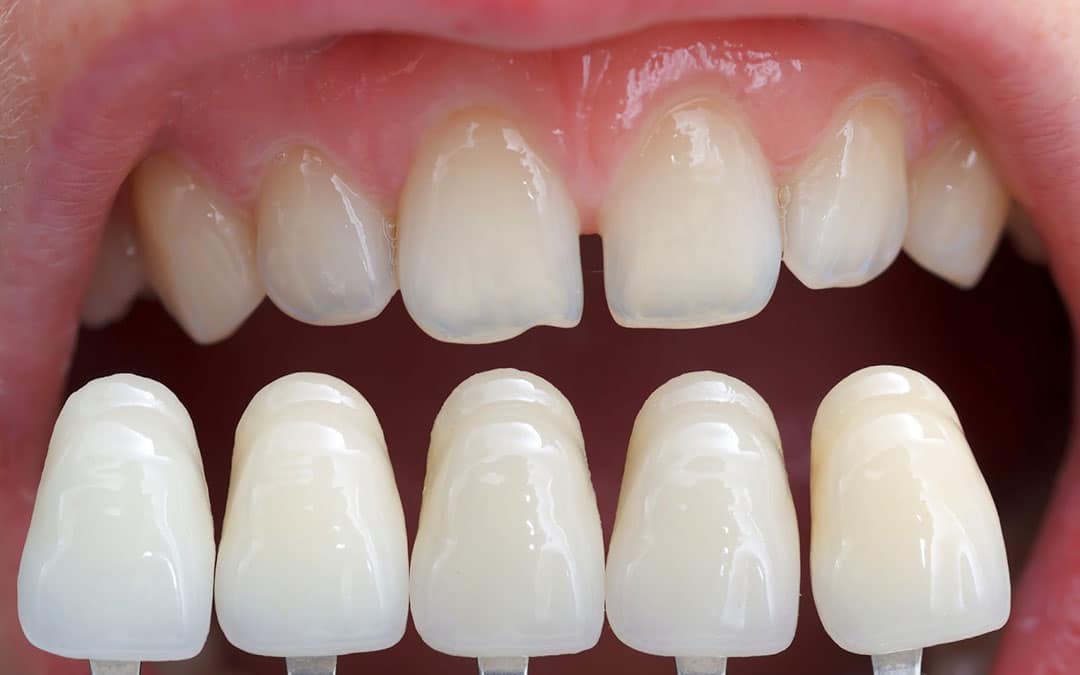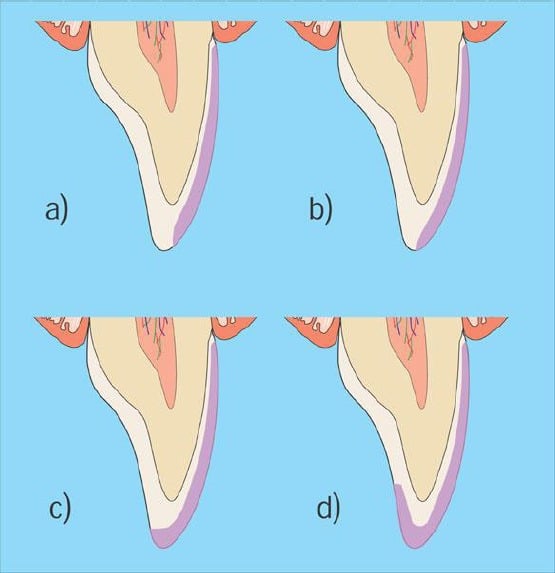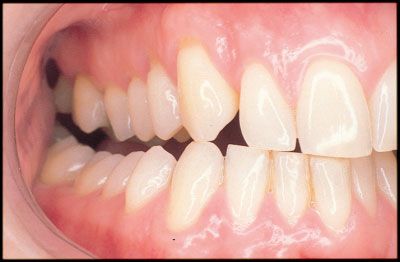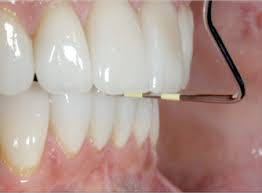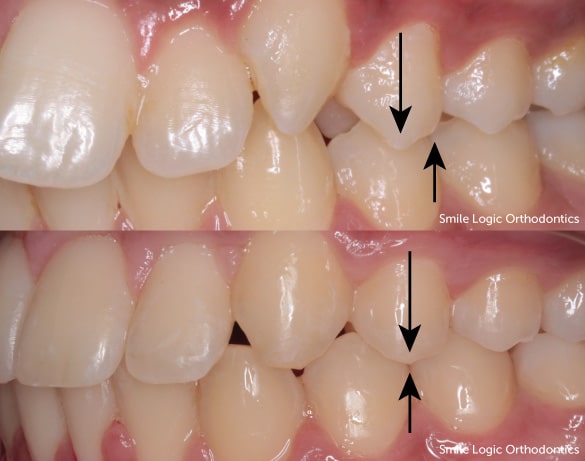We all want to provide to our patients successful dental treatments in such a manner that they are satisfied with the end result. This means we are able to either alleviate the pain or restore or replace their teeth or create good cosmetic appearance or deliver all of the above. Since that is our goal in our practice, we need to consider the factors that can assists us to achieve it. In veneer treatment, this goal can be accomplish if we practice the proper protocols to implement this treatment. The protocols are greatly influenced by at least 5 important factors. These are the following:
DIAGNOSIS
"The cornerstone of every good treatment plan is an accurate diagnosis. An esthetic treatment plan requires a correct occlusion. Occlusion is seen as the key for a functional integration of an aesthetic treatment and must be considered whenever anterior aesthetic restorations are to be placed. As dentist, we need to diagnose and solve first the occlusion before we procede with the esthetic treatment.
The following indications may be managed by minimal preparation:
- Mildly discolored teeth
- Teeth with enamel defect
- Worn or foreshortened teeth
- Chipped or broken teeth
The following indications require a more aggressive preparation:
- Multiple unsatisfactory with spacing
- Misaligned teeth
- Insufficient display of teeth incisally, facially, or buccally
- Badly discolored teeth, especially those with grey, black, or dark banding
SHADE SELECTION
Shade selection is an important procedure to provide patients with an esthetic restoration that harmoniously blends to the patient's existing dentition. Due to the great variety of natural tooth color, achieving a close shade match of an artificial restoration with the natural dentition is a complex process. In composites, even the type of composite matters with what the final look of the case.
Here are some tips in shade selection
- View in the patient eye level
- Evaluate under multiple light sources
- Make shade comparison at the beginning of the appointment
- Avoid dehydrating the tooth
- Shade should be taken quickly to avoid eye strains
In cases of composites, even the type of composite matters with what the final look of the case will be.
Determining the Value of composite is critical. Value is the scale on how light or dark a shades is on a scale of white and black. In dentistry, different companies have different values of composite because of materials used in manufacturing their composites.
I. High Value Composite - Best used for masking ability and changing shades of the tooth
- Amaris (O1, O2, BW) by Voco
- Amelogen (OW) by Ultradent
II. Medium Value Composites - Use for most cases (Universal Composites), mainly to change morphology, can also be use to mask color (when used in +0.3 thickness)
- Empress Direct (Dentin Shade) by Ivoclar-Vivadent
- Vit-l-esence by Ultradent
- Forma by Ultradent
III. Low Value Composites - Used to fix thin areas of enamel with high chameleon effect. Best use for small diastemas, chipped off tooth and class 5. In high thickness, creates grey appearance.
- Genial (JE, AE) by GC
- Empress Direct (Enamel Shades) by Ivoclar-Vivadent
- Brilliant Everglow (Enamel Shades) by Coltene
TOOTH PREPARATION
Tooth Preparation represents the equilibrium between the conservation of the tooth structure and pulp health, whilst achieving an esthetic and strong restoration. A well planned approach coupled with the understanding of pertinent theories underlying each step is critical for a successful tooth preparation. The reduction of the tooth structure must be preceded by a mental image of the design of the artificial restoration and the anticipated occlusion.
Here are some types of Veneer preparation:
- A. Feather
- B. Window
- C. Bevel
- D. Incisal overlap
CANINE GUIDANCE
Canine guidance may be considered a concept that results in the disocclusion of all other teeth apart from the canine when going into lateral excursion. This, results in the avoidance of lateral forces on teeth that could potentially result in their mechanical failure. This is important in veneering as we goal to avoid failure in the anterior teeth.
Canine guidance itself can be ‘created’ by way of restoring or additive modifying teeth. To provide this disocclusion, some dentist use resin attachments placed in the upper canines. These attachments allowed the extrusion of posterior teeth in order to increase the occlusal vertical dimension.
OVERJET AND OVERBITE
Overjet: It is the horizontal overlap of the maxillary central incisors over the mandibular central incisors. In simple terms, it is how much the upper front teeth protrude forward in relation to the lower front teeth. The amount of overjet is measured using the probe horizontally. The normal overjet is considered to be 2-3 mm.
Overbite: In professional terms, it is the vertical overlap of the maxillary central incisors over the mandibular central incisors. In simple term, it is how much the upper front teeth cover the lower front teeth in a vertical dimension. The amount of overbite is measured using the probe vertically. The normal overbite is considered to be 2-3 mm, or approximately 20–30% of the height of the mandibular incisors.
For Part 1: Click URL Here - https://dmd.center/blog/types-of-veneers-and-how-to-prepare-them/
Contributors:
Dr. Bryan Anduiza - Main Writer
Dr. M. Jean Villanueva-Galindez - Editor
Credits on Image:
https://www.smilelogicortho.com
https://www.speareducation.com
https://www.nature.com
https://familydentistwestwichita.com
https://ultradent.com



